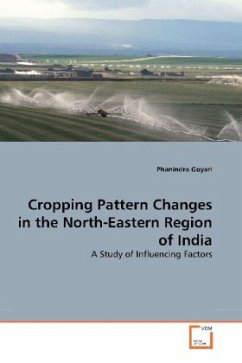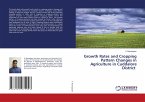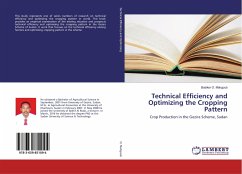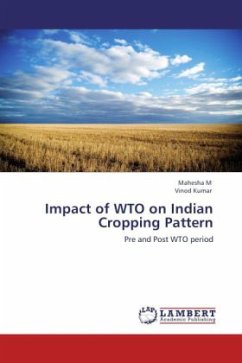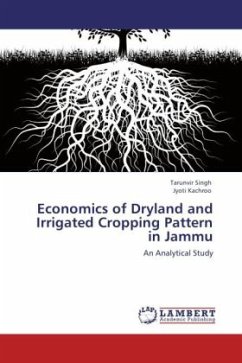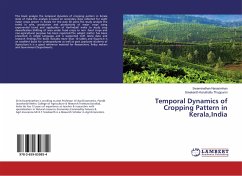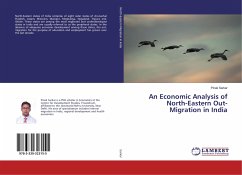Acreage allocation decisions of cultivators in a region are based on agro-economic, technological, institutional and social factors. The cropping pattern tends to change in tune with changes in one or all of these factors. Such changes in the cropping pattern may lead to the redistribution of land resources across crops, which ultimately, have a bearing on agricultural growth and income distribution in the region. Hence, adoption of a scientific cropping pattern optimally suited to a region is necessary to augment the growth of agricultural production and productivity. This book provides a comprehensive assessment of changes in the cropping pattern across states of NER during 1980-81 to 1994-95. It also examines factors influencing acreage allocation and, hence, cropping pattern changes. This book will be useful for students and researchers of agricultural economics and policy makers. It will also interest general public to understand the agricultural economy of the NER India - aregion falling neither in the highly irrigated nor dry areas like semi-arid tropics; it is a region endowed with fertile land, abundant water resources and heavy rainfall.
Bitte wählen Sie Ihr Anliegen aus.
Rechnungen
Retourenschein anfordern
Bestellstatus
Storno

